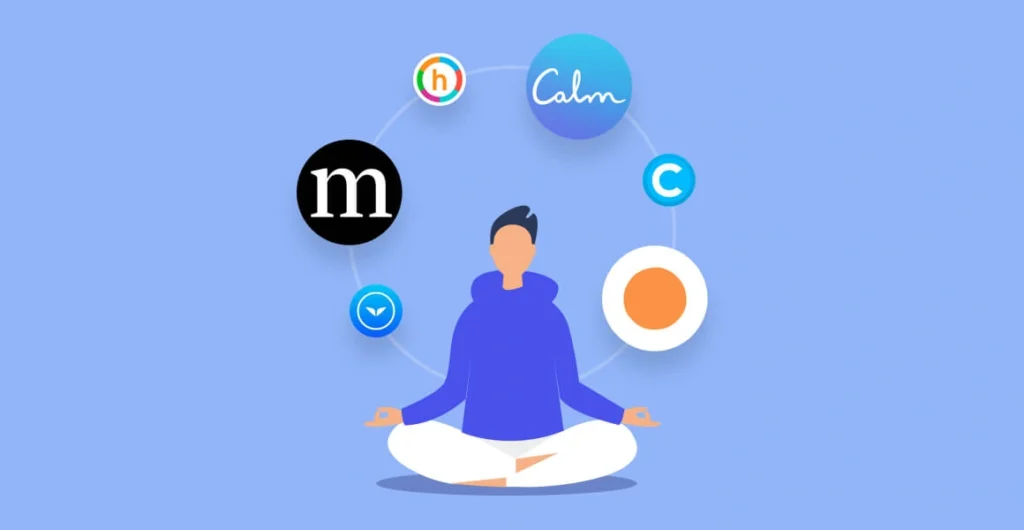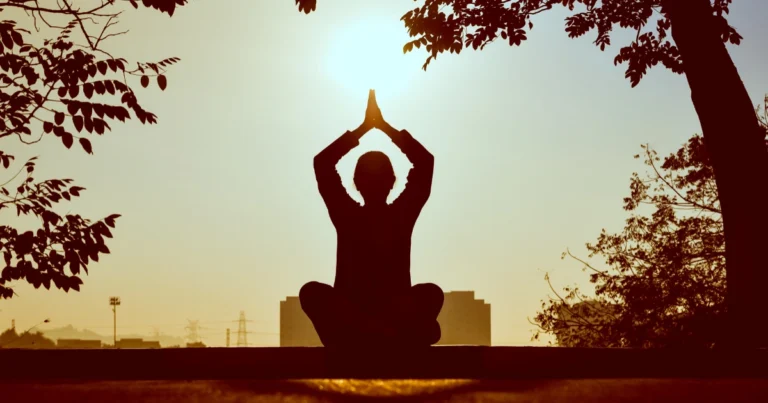In today’s fast-paced world, stress and distractions are common challenges. Many people find themselves overwhelmed with work, responsibilities, and digital overload. However, there is a simple yet powerful practice that can help bring balance, clarity, and peace into daily life: mindfulness.
Mindfulness is the practice of being fully present in the moment, aware of your thoughts, emotions, and surroundings without judgment. By incorporating mindfulness into your daily routine, you can reduce stress, improve focus, and enhance overall well-being. Here’s how you can bring mindfulness into your busy life.
1. Start Your Day with Intention
Instead of reaching for your phone first thing in the morning, take a few moments to set an intention for the day.
- Practice deep breathing: Take a few slow, deep breaths before getting out of bed.
- Set a positive affirmation: Choose a simple phrase like “I am calm and focused” to set a positive tone.
- Express gratitude: Think of one thing you are grateful for before starting your day.
By starting your day with mindfulness, you can cultivate a sense of control and positivity that carries throughout the day.
2. Mindful Breathing Throughout the Day

Breathing is something we do automatically, yet we often forget its power to anchor us in the present moment. Mindful breathing can be a simple yet effective way to regain focus and reduce stress during a hectic day.
How to Practice Mindful Breathing:
- Take a deep breath in through your nose, hold for a moment, and slowly exhale through your mouth.
- Focus on the sensation of air moving in and out of your body.
- Repeat this process for a minute whenever you feel overwhelmed.
This quick and easy practice helps reset your nervous system and brings awareness to the present moment.
3. Mindful Eating: Savor Every Bite
In the rush of daily life, many people eat meals while multitasking—scrolling through their phones or working on their laptops. Mindful eating helps enhance your connection with food, improve digestion, and prevent overeating.
Tips for Mindful Eating:
- Take a moment to appreciate your food before eating.
- Eat slowly and chew thoroughly.
- Focus on the flavors, textures, and smells of each bite.
- Avoid distractions like watching TV or checking emails while eating.
By practicing mindful eating, you can develop a healthier relationship with food and enjoy your meals more fully.
4. Incorporate Mindfulness into Your Daily Tasks

Mindfulness doesn’t require extra time—it can be seamlessly integrated into daily activities. You can transform routine tasks into mindful moments by paying full attention to them.
Mindful Activities:
- Washing dishes: Feel the sensation of water on your hands and the texture of the dishes.
- Walking: Pay attention to each step and the rhythm of your movement.
- Brushing your teeth: Focus on the motions and sensations of brushing.
- Driving: Stay aware of the road, sounds, and movement of the car.
By being present in everyday tasks, you can cultivate mindfulness naturally.
5. Take Short Mindfulness Breaks
You don’t need an hour-long meditation session to experience the benefits of mindfulness. Short mindfulness breaks throughout the day can help reset your mind and improve focus.
Mindfulness Break Ideas:
- Close your eyes and take three deep breaths before switching tasks.
- Step outside for a few minutes and observe nature.
- Stretch for a few moments and pay attention to how your body feels.
- Take a break from screens and simply sit in silence for a minute.
Even a few seconds of mindfulness can make a significant difference in how you feel throughout the day.
6. Practice Gratitude and Reflection
At the end of the day, taking a moment to reflect on what went well and what you’re grateful for can foster positivity and relaxation.
Ways to Practice Gratitude:
- Keep a gratitude journal and write down three things you’re thankful for each day.
- Verbally express gratitude to friends, family, or colleagues.
- Reflect on small moments that brought you joy.
Gratitude shifts your focus from what is missing to what is abundant, improving overall happiness.
7. Use Mindfulness Apps and Guided Meditations

If you’re new to mindfulness, apps like Headspace, Calm, and Insight Timer can provide guided meditations and mindfulness exercises tailored to your schedule and needs.
How to Use Mindfulness Apps Effectively:
- Set a reminder to practice mindfulness at a convenient time.
- Start with short guided sessions (5–10 minutes) and gradually increase as needed.
- Explore different techniques such as body scans, breathwork, and visualization.
Technology can be a helpful tool in building a consistent mindfulness habit.
Final Thoughts
Mindfulness is a simple yet powerful practice that can be easily incorporated into a busy lifestyle. Whether through mindful breathing, eating, or taking short breaks, small moments of mindfulness can lead to significant improvements in mental clarity, stress reduction, and overall well-being.
By making mindfulness a natural part of your daily routine, you can create a more balanced and fulfilling life—without needing extra time. Start small, stay consistent, and experience the profound benefits of being present in the moment.
Are you ready to embrace mindfulness? Take a deep breath, slow down, and enjoy the journey!


